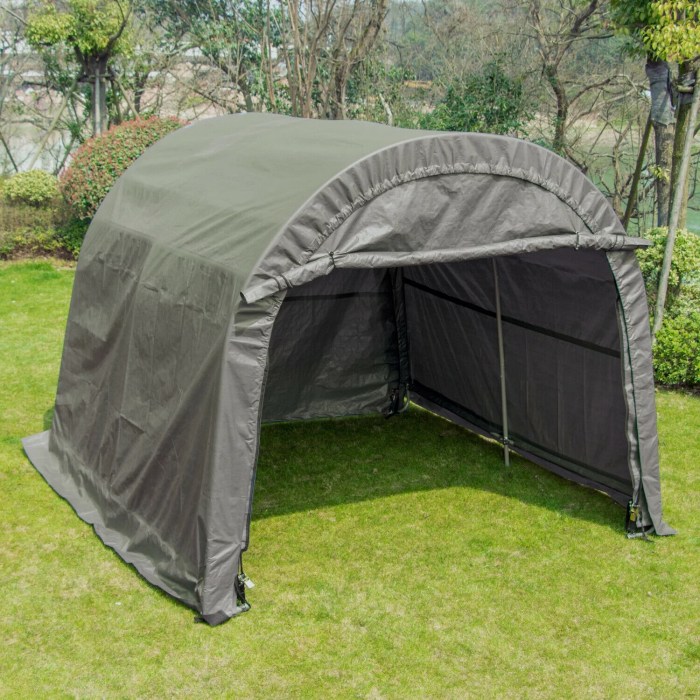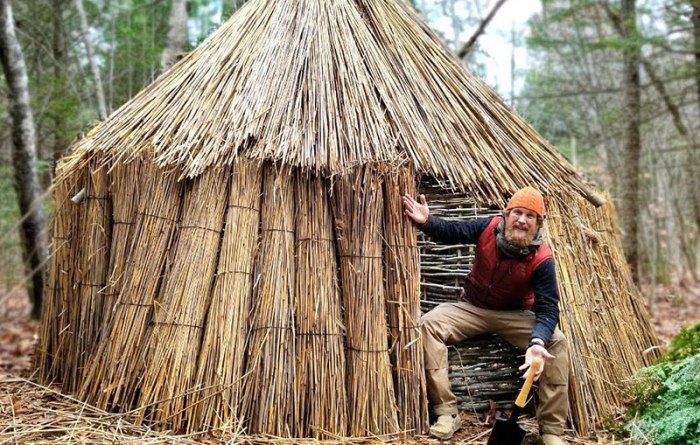10 best shelters on alone – In the realm of survival reality television, ‘Alone’ stands out as a testament to human resilience and ingenuity. Contestants are dropped into remote wilderness, tasked with fending for themselves and constructing shelters that will protect them from the elements. From treehouses to underground bunkers, these shelters showcase the boundless creativity and resourcefulness of survivalists.
Join us as we explore the 10 most remarkable shelters featured on ‘Alone’, delving into their design, construction techniques, and the survival strategies that inspired them. Whether you’re an avid outdoors enthusiast or simply fascinated by the art of survival, this guide will equip you with invaluable knowledge and inspire your own wilderness adventures.
Shelter Types: 10 Best Shelters On Alone

Shelter is a critical component of survival in the wilderness. On the show “Alone,” contestants must build their own shelters from scratch using only the materials they can find in their environment. There are many different types of shelters that can be built, each with its own advantages and disadvantages.
Some of the most common types of shelters used on “Alone” include:
- A-frame sheltersare simple and easy to build, and they provide good protection from the elements. However, they can be unstable in high winds.
- Lean-to sheltersare also easy to build, and they provide good protection from the rain and sun. However, they are not as stable as A-frame shelters and can be more difficult to keep warm in cold weather.
- Debris hutsare made from natural materials such as branches, leaves, and bark. They can be very effective at keeping out the cold and rain, but they can be time-consuming to build and may not be as durable as other types of shelters.
- Underground sheltersare dug into the ground and can provide excellent protection from the elements. However, they can be difficult to build and can be damp and cold.
Location and Environment

The location of a shelter is also important. Shelters should be built in a place that is protected from the wind and rain, and that has access to water and firewood. The environment can also influence the design of a shelter.
For example, in cold climates, shelters should be built with insulation to keep the occupants warm.
Some of the most common locations for shelters on “Alone” include:
- Forestsprovide good protection from the wind and rain, and they also have an abundance of building materials. However, forests can also be home to predators and insects.
- Mountainsprovide good drainage and can offer protection from the wind. However, they can also be cold and windy, and they may not have access to water.
- Rivers and lakesprovide access to water, but they can also be prone to flooding. Shelters built near water should be elevated to protect them from flooding.
- Coastal areascan be windy and wet, but they also offer access to food and water. Shelters built in coastal areas should be built on high ground to protect them from flooding.
Building Materials

The materials used to build a shelter will depend on what is available in the environment. Some of the most common building materials used on “Alone” include:
| Material | Advantages | Disadvantages |
|---|---|---|
| Wood | Wood is a strong and durable building material. It is also relatively easy to find and work with. | Wood can be heavy and difficult to transport. It is also susceptible to rot and insects. |
| Bark | Bark is a lightweight and waterproof building material. It is also easy to find and work with. | Bark is not as strong as wood and can be easily damaged by animals. |
| Leaves | Leaves are a lightweight and insulating building material. They are also easy to find and work with. | Leaves can be easily blown away by the wind and can become damp and moldy. |
| Rocks | Rocks are a strong and durable building material. They are also fireproof and waterproof. | Rocks can be heavy and difficult to transport. They can also be difficult to work with. |
Question & Answer Hub
What are the key considerations when designing a survival shelter?
Protection from the elements, availability of materials, ease of construction, and insulation are crucial factors to consider.
What are the most common building materials used in ‘Alone’ shelters?
Wood, logs, branches, leaves, and natural fibers are widely used due to their abundance and durability.
How important is insulation and ventilation in shelter design?
Insulation traps heat, while ventilation prevents condensation and moisture buildup, both essential for maintaining a comfortable and healthy living space.
